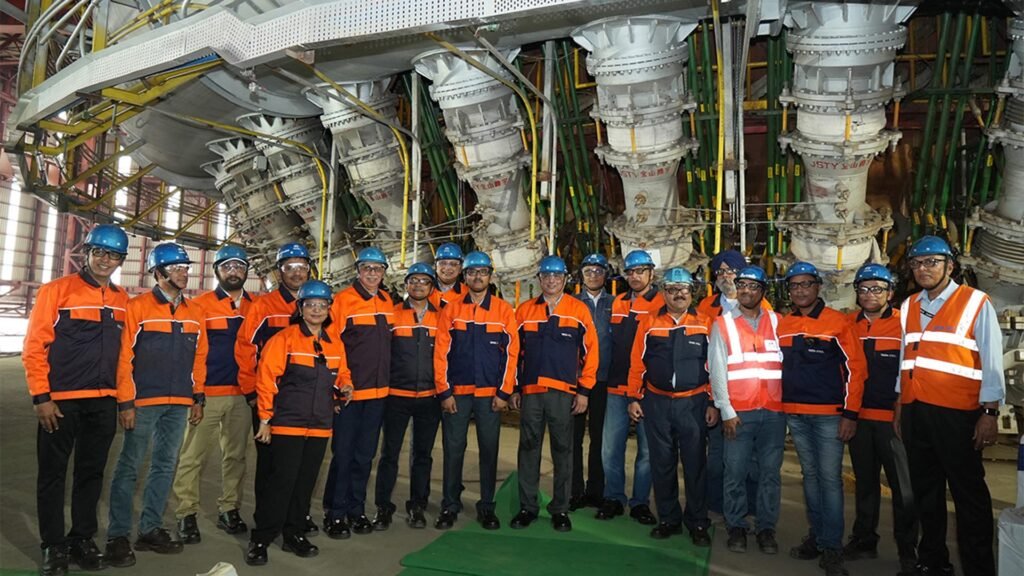By Omm Gupta | Odisha Commerce Network, Bhubaneswar
India’s iron ore pellet production recorded a steady 5% year-on-year growth in FY2024–25, reaching an all-time high of 105 million tonnes (MT). This growth, though moderate, signals strong momentum in the domestic steel and metallurgical sectors, driven by expanding demand and increased operational efficiencies.
Pellets, processed from iron ore fines, are a critical raw material for steelmaking, particularly in blast furnace and sponge iron units. Their rising share in metallurgical usage — now surpassing 50% in blast furnaces and 63% in sponge iron kilns — reflects a broader transition towards higher efficiency and reduced emissions.
Odisha at the Helm
Odisha once again emerged as the country’s leading pellet-producing state, contributing over 37 MT — a 3% increase from the previous fiscal. The state’s dominance is backed by abundant iron ore reserves, integrated steel plants, and proactive mining policies. The Odisha government is currently fast-tracking auctions for nearly 30 iron ore blocks to sustain this growth trajectory. Officials in the State Department of Steel and Mines emphasized that boosting pellet capacity is central to achieving India’s broader steel production vision — scaling up from the current 165 MT to 500 MT by 2047.
Tata Steel’s Kalinganagar Drives Private Sector Growth
Among private players, Tata Steel’s Kalinganagar facility in Jajpur district played a pivotal role. With a 16% increase in pellet output from the site, driven by the commissioning of a new production line, Tata Steel strengthened its footprint in the state’s mineral economy.
JSW Steel maintained its position as the country’s largest pellet producer with an 8% annual increase, touching 27 MT. Meanwhile, AM/NS India saw a 14% decline due to a sharp drop in exports.

West Bengal and Karnataka in Focus
West Bengal posted the highest relative growth among producing states — a nearly 30% rise — reaching over 11 MT. This surge was largely attributed to new production units, including Bengal Energy’s 1.2 MTPA facility commissioned in June 2024. In contrast, Karnataka recorded a marginal decline in output, producing around 18 MT.
Exports Fall, Capacity Underutilized
Despite higher domestic production, India’s pellet exports fell sharply — by over 40% year-on-year. Weak overseas demand and global price fluctuations contributed to the slump, with major producers prioritizing domestic supply. Current plant utilization rates remain at just 64%, indicating potential oversupply unless demand scales up further.
Industry observers warn of structural challenges in aligning capacity with market dynamics. Nonetheless, the current growth is viewed as a necessary phase in India’s path toward raw material security and steel self-sufficiency.
The Road Ahead
India’s gradual transition from iron ore fines to value-added pelletisation is expected to accelerate, particularly in light of evolving environmental norms and the central government’s production-linked incentives (PLI) for steel and mining. As Odisha cements its leadership and newer regions like West Bengal ramp up capacities, India’s pellet economy appears poised for a calibrated yet decisive expansion — bridging mineral abundance with industrial ambition.
The message is clear: With the right balance of state policy, private investment, and downstream integration, India can turn its raw material strength into sustainable manufacturing power.











